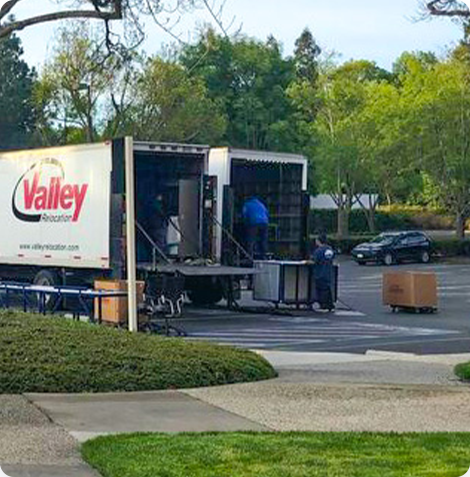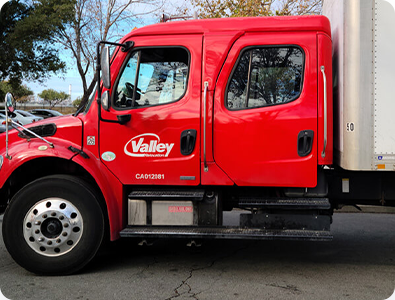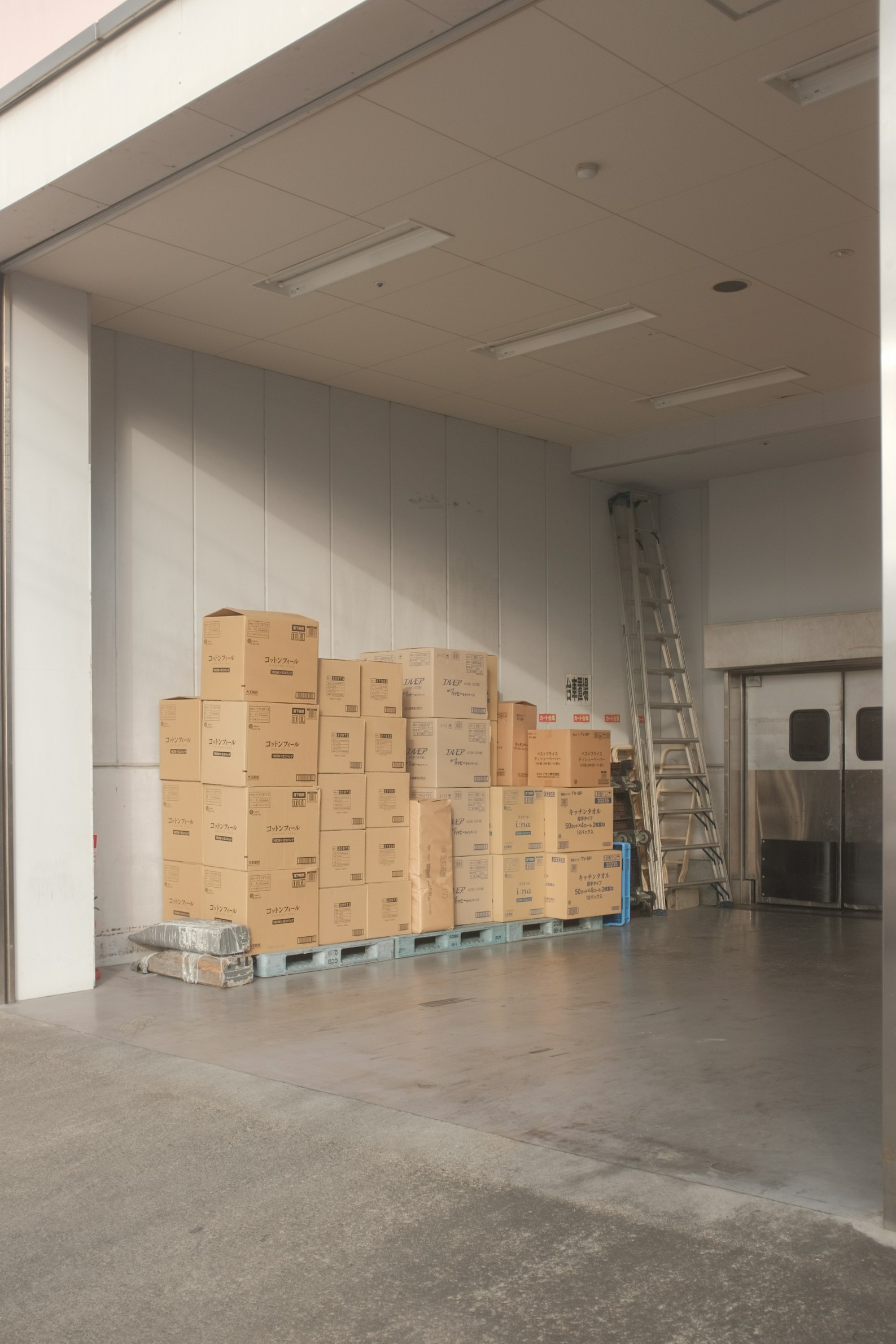Embarking on an office move is a significant milestone for any business. Whether driven by expansion, consolidation, or a strategic shift, the process of relocating a workplace involves meticulous planning, coordination, and execution. Amidst the excitement of a new space and the prospect of enhanced productivity, there looms a challenge that can disrupt operations and impede workflow: downtime.
Minimizing downtime during an office move is a crucial objective that demands careful consideration and strategic implementation. Extended periods of inactivity can lead to financial losses, reduced employee morale, and potential disruptions in customer service. In this comprehensive blog, we delve into the intricacies of efficient techniques for office moves, focusing specifically on ways to mitigate downtime and ensure a seamless transition.
As we embark on this journey of exploring efficient techniques for office moves, the overarching goal is to equip businesses with the knowledge and tools necessary to transition seamlessly into their new workspace, minimizing downtime and maximizing productivity. Join us as we unravel the complexities of office relocations, providing valuable insights and actionable strategies to make your move a success.
Understanding the Scope of the Office Move
One of the initial steps in orchestrating a successful office move lies in a thorough assessment of the endeavor’s size and complexity. The scale of the move can significantly influence the planning and execution strategies employed, with small-scale and large-scale moves presenting distinct challenges and considerations.
Small-scale vs. Large-scale Office Moves
Small-scale office moves typically involve businesses with fewer employees and less intricate infrastructures. These moves may include startups, small businesses, or specific departments within larger organizations. The advantage of small-scale moves lies in their relative simplicity, often requiring less time and resources for completion.
Conversely, large-scale office moves encompass the relocation of sizable organizations with numerous employees, extensive equipment, and complex IT infrastructures. The challenges associated with large-scale moves include coordinating multiple departments, managing a larger workforce, and addressing the intricacies of intricate technology setups. As the scale increases, meticulous planning becomes even more critical to ensure a streamlined transition.
Identifying Critical Components and Departments
Regardless of the scale, identifying and prioritizing critical components and departments is paramount. Not all elements of an organization carry the same weight in terms of daily operations, and recognizing these nuances is key to minimizing downtime during the move.
Start by conducting a comprehensive inventory of assets, equipment, and personnel. Classify departments and functions based on their criticality to daily operations. For instance, customer service, IT support, and finance departments may be deemed more critical than others, requiring specialized attention and planning.
Planning and Preparation: A Blueprint for Success

Embarking on a successful office move requires meticulous planning and strategic preparation. In this section, we delve into the key aspects of creating a comprehensive plan and assembling a dedicated team to ensure a seamless transition from the old workspace to the new.
Creating a Detailed Timeline for the Move
Breaking Down Tasks into Manageable Phases
The foundation of a successful office move lies in creating a detailed timeline that systematically breaks down the entire process into manageable phases. Begin by conducting an in-depth analysis of all tasks associated with the move, from the initial planning stages to the post-move settling-in period.
Categorize tasks into logical phases, such as pre-move preparations, packing and logistics, actual move day, and post-move activities. Within each phase, further break down tasks into specific actions, creating a roadmap that leaves no room for ambiguity.
For instance, pre-move preparations could include tasks such as assessing the current office setup, conducting technology audits, and communicating the move to employees. Breaking these tasks into sub-components ensures that each aspect is addressed thoroughly, leaving no room for oversights.
Allocating Sufficient Time for Each Phase:
Time allocation is a critical factor in effective planning. Assess the complexity and scope of each phase to determine the appropriate timeframe. While smaller businesses with simpler infrastructures might require a shorter planning horizon, larger organizations may need a more extended timeline to accommodate the intricacies of their move.
Avoid the pitfall of underestimating the time required for each task. Delays at any stage can have a cascading effect, potentially leading to increased downtime and disruptions. A buffer for unforeseen challenges should also be incorporated into the timeline to provide flexibility and adaptability.
Establishing a Dedicated Moving Team
Designating Roles and Responsibilities:
The success of an office move hinges on the efficiency and cohesion of the moving team. Establish a dedicated moving team comprising individuals with diverse skills and expertise. Designate specific roles and responsibilities for each team member based on their strengths and professional backgrounds.
Key roles may include a project manager to oversee the entire move, IT specialists to handle technology transitions, logistics coordinators to manage the physical move, and communication liaisons to keep employees informed. Clearly define the scope of each role to avoid overlaps and ensure accountability.
Assign responsibilities based on the identified critical components and departments, ensuring that each facet of the move receives the attention it deserves. Regularly revisit and adapt roles as the project evolves to address emerging needs and challenges.
Ensuring Effective Communication within the Team:
Communication is the linchpin of any successful team effort. Establish open lines of communication within the moving team to foster collaboration and information sharing. Regular team meetings, both in-person and virtual, provide a platform for updates, problem-solving, and progress assessments.
Implement a centralized communication system, such as a project management platform, to streamline information flow. This ensures that all team members are on the same page, aware of timelines, and can readily access pertinent information. Encourage transparency and proactive communication to address potential roadblocks before they escalate.
Regular training sessions and team-building activities can further enhance the effectiveness of the moving team, fostering a sense of camaraderie and shared purpose. The success of the entire relocation process hinges on the collaborative efforts of the team, making effective communication a non-negotiable element of the planning and preparation phase.
Conducting a Comprehensive Risk Assessment
As any seasoned project manager will attest, success lies not just in meticulous planning but in anticipating and mitigating potential risks. The same principle applies to office moves, where a comprehensive risk assessment is a cornerstone for a smooth transition. In this section, we delve into the critical task of identifying potential risks and challenges and developing robust contingency plans to address them.
Identifying Potential Risks and Challenges
IT Infrastructure Vulnerabilities:
The backbone of modern business operations, IT infrastructure, is often a vulnerable aspect during office moves. The risk of data loss, system downtimes, and disruptions to digital workflows looms large. To address this, conduct a thorough audit of the existing IT setup, identifying potential vulnerabilities and points of failure.
This assessment should include an inventory of hardware, software, and network configurations. Identify mission-critical systems and sensitive data and evaluate the compatibility of existing technology with the new workspace. Awareness of potential IT pitfalls allows for proactive measures to safeguard data integrity and maintain business continuity.
Logistics and Transportation Issues:
The physical aspect of an office move introduces inherent risks related to logistics and transportation. Delays in the arrival of moving trucks, damage to equipment during transit, or unexpected roadblocks can impede the relocation process. Mitigate these risks by conducting a thorough logistics analysis.
Identify transportation routes, potential bottlenecks, and contingency plans for unforeseen challenges. Collaborate closely with moving companies to ensure that they are well-versed in the unique requirements of office relocations. Proactive planning in this domain can help avert logistical nightmares and keep the move on schedule.
Developing Contingency Plans for Identified Risks
IT Backup and Recovery Strategies
Given the centrality of technology in modern workplaces, developing robust IT backup and recovery strategies is non-negotiable. Implement regular data backups in the lead-up to the move, ensuring that critical information is securely stored and easily retrievable. Establish protocols for swiftly addressing any IT disruptions during the transition.
In the event of unforeseen technical challenges, having a comprehensive IT recovery plan in place can mean the difference between a momentary setback and extended downtime. This includes detailed documentation of recovery procedures, contact information for IT support, and mechanisms for communication with employees regarding any temporary disruptions.
Contingency Plans for Unforeseen Logistical Issues:
No matter how meticulously a move is planned, unforeseen logistical issues can still arise. Establishing contingency plans for such scenarios is crucial. This might involve having backup transportation options, alternative routes, and protocols for swift decision-making in the face of unexpected challenges.
Regular communication with the moving team, logistics partners, and key stakeholders can help identify potential issues in real time, allowing for proactive adjustments to the plan. Flexibility is key, and having contingency plans in place ensures that the relocation stays on course even in the face of unexpected hurdles.
Efficient Packing and Labeling Strategies
The packing phase is a critical aspect of any office move. Start by organizing and decluttering the office before packing to reduce unnecessary items. Utilize proper packing materials and techniques to ensure the safety of equipment and sensitive documents during transportation.
Implement a robust labeling system to streamline the unpacking and setup process. Clearly label boxes with information about the contents and the department they belong to. This not only expedites the unpacking process but also helps prioritize the setup of essential areas.
IT Infrastructure Management
Managing IT infrastructure is often one of the most challenging aspects of an office move. Backing up critical data and systems is non-negotiable. Explore cloud-based solutions for data storage and consider on-site backup options to ensure redundancy.
Coordinate closely with IT professionals to minimize disruptions to network and communication systems. Plan for a seamless transition, ensuring that employees can quickly resume their work in the new office without significant downtime.
Employee Communication and Training
Open and transparent communication with employees is crucial throughout the office move process. Keep them informed about the reasons for the move, the timeline, and any changes they can expect. Address any concerns and questions promptly to alleviate anxiety among the workforce.
Conduct training sessions for employees on using new office technologies. Familiarizing them with the layout of the new office and the updated IT infrastructure ensures a quicker and smoother transition once the move is complete.
Logistics and Transportation
Choosing reliable moving services is a key factor in minimizing downtime. Research and select a moving company with a track record of successful office moves. Coordinate with transportation services to ensure timely delivery of equipment and supplies to the new location.
Implement a tracking and monitoring system for the transportation process. This provides real-time visibility into the location and status of your assets, allowing you to address any issues promptly and keep the move on schedule.
Setting Up the New Office
Efficiently setting up the new office is the final hurdle in minimizing downtime. Develop strategies for unpacking and setting up different areas, prioritizing critical departments and functionalities. Ensure that essential services are up and running first, allowing employees to resume their work as quickly as possible.
Conduct post-move evaluations to identify any issues that may have arisen during the setup phase. Make necessary adjustments based on feedback from employees and stakeholders, ensuring that the new office meets the needs of the organization.
Monitoring and Evaluation
After the move is complete, it’s essential to assess the success of the downtime minimization strategies. Gather feedback from employees and stakeholders to understand their experiences and identify areas for improvement. This information is valuable for refining your approach in future office moves.
Continuously monitor the performance of the new office setup, addressing any lingering issues promptly. Implement lessons learned from the move to improve your office relocation processes for the future.
Regular communication with the moving team, logistics partners, and key stakeholders can help identify potential issues in real time, allowing for proactive adjustments to the plan. Flexibility is key, and having contingency plans in place ensures that the relocation stays on course even in the face of unexpected hurdles.
Are You Looking for a Smooth Commercial Transition?
Valley Relocation is a commercial relocation company that has been operating for almost four decades and providing a range of moving services for potential commercial clients. Amongst the many services we offer, we have commercial warehouse and storage services, facility services, specialized transportation logistics, and data center relocations.
For more information, give us a call today.







